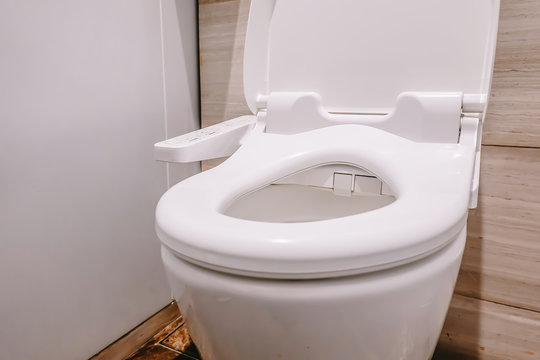With growing interest in sustainable living and improved hygiene, bidets are increasingly becoming a staple in modern bathrooms. However, for those living in colder regions, a common question arises: do bidets work in cold climates? It's essential to understand how bidets function and whether they can maintain their efficiency in lower temperatures. This article delves deep into the workings of bidets, particularly focusing on their performance in chilly conditions.

Understanding Bidet Functionality
Before exploring their performance in cold climates, it's crucial to grasp how bidets function. Traditional bidets spray a stream of water to cleanse after using the toilet, offering a more hygienic and eco-friendly alternative to toilet paper. Modern bidets come with various features, including adjustable water temperature, pressure settings, and even air dryers. But what happens when the temperature drops? Does the mechanism falter, or do they continue to offer the same level of cleanliness and comfort?
Challenges in Cold Climates
In colder regions, a significant concern is the temperature of the water used within the bidet. Naturally, water can be icy, which might deter users from embracing this hygienic tool. However, modern bidets often come equipped with adjustable water heaters. These heaters ensure the water remains at a comfortable temperature, even when the external climate is freezing. This technology not only enhances comfort but also ensures the bidet remains a viable option regardless of the season.
Types of Bidets Suitable for Cold Climates
When considering a bidet for colder environments, it's essential to choose a model designed to accommodate such conditions. Here are a few options:
Electric Bidets
Electric bidets are equipped with inbuilt heaters that warm the water to a user-specified temperature. This feature is vital for cold climates, ensuring that the water remains warm and comfortable. Additionally, many electric bidets offer seat warmers, further enhancing comfort during usage. If you're looking for a guide on how to use a bidet, this resource provides a comprehensive overview.
Non-Electric Bidets
Though less common in cold climates, non-electric bidets can still be an option. They rely on the existing water supply without additional heating. However, users can install a separate hot water line or use a mixing valve to regulate the temperature. This solution may not be as convenient as electric options but offers a cost-effective alternative.
Installation Considerations
Installing a bidet in colder climates requires careful consideration of the plumbing and electrical systems. Ensure that all pipes are insulated to prevent freezing and that the electrical components are suitable for lower temperatures. Consulting with a professional can help avoid potential pitfalls and ensure a smooth installation process. For more insights on bathroom setups, check out our guide on setting routines for bathroom.
Energy Efficiency Concerns
Energy consumption is a consideration, especially with electric bidets. However, many modern models are designed with energy-saving features, ensuring they remain efficient even in higher-demand settings. This efficiency is not only environmentally friendly but also cost-effective, making bidets a viable option for those conscious of their carbon footprint.
Conclusion: Are Bidets Viable in Cold Climates?
In conclusion, the question of whether bidets work in cold climates is a resounding yes. With advancements in technology, bidets are now more adaptable to varying climatic conditions than ever before. By selecting the right model and ensuring proper installation, users can enjoy the hygiene and comfort of a bidet regardless of the temperature outside. For further reading on the benefits and uses of bidets, explore our article on can bidet replace toilet paper.

FAQs
Can bidets be used in freezing temperatures?
Yes, modern bidets are designed to function efficiently in freezing temperatures, thanks to inbuilt water heaters and insulated pipes.
What type of bidet is best for cold climates?
Electric bidets with water and seat heaters are ideal for cold climates, ensuring maximum comfort and efficiency.
Do bidets consume a lot of energy?
While electric bidets do use energy, many models are designed with energy-saving features to minimize consumption.
This article contains affiliate links. We may earn a commission at no extra cost to you.






